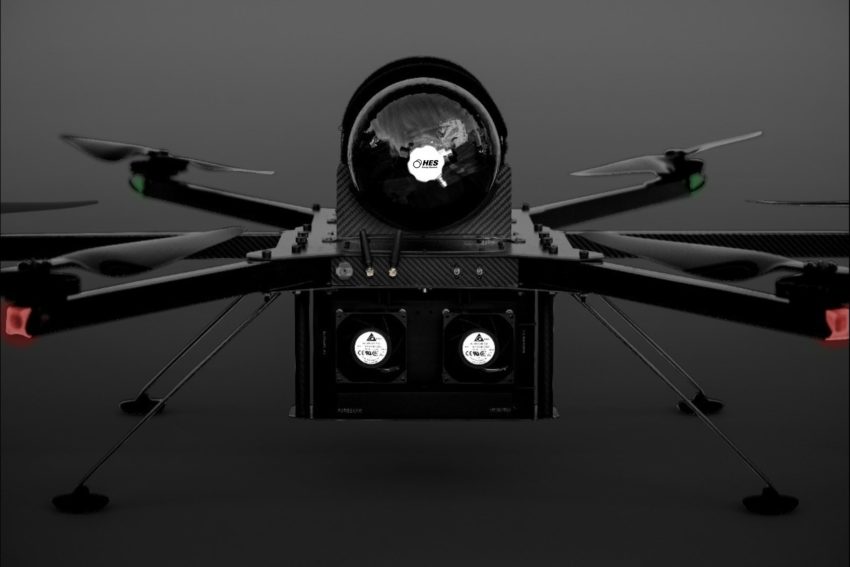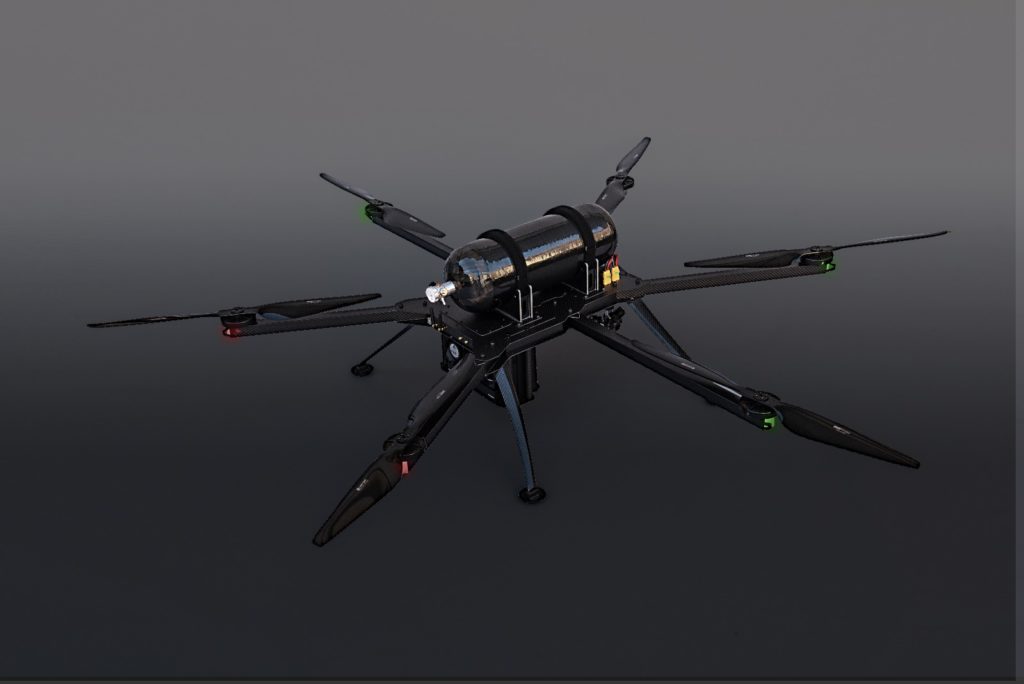HES Energy Systems, the aerospace company founded in Singapore in 2009, is working to change the electric aerospace industry by optimizing smaller aircraft and drones powered by hydrogen and scaling up.
They have worked with other aerospace companies, universities, and government agencies worldwide to solve hydrogen logistic challenges.

One of the most important advantages of hydrogen is that it holds the most energy relative to its weight compared to any other element. However, it does require a significant amount of room, but is still more efficient than batteries when it comes to electric flight. Lightweight hydrogen is a possibility that is growing within the industry. These fuel cells would not burn hydrogen, only convert hydrogen to water and electricity without any moving parts. Hydrogen is also a zero-carbon fuel, and gives off no carbon dioxide emissions during flight. Lastly, refueling hydrogen is much safer and faster than extensive banks of lithium-iron batteries.

HES Energy Systems has officially launched the HYCOPTER, a hydrogen-electric multi-rotor drone capable of hovering for hours at a time. The first commercial version of HYCOPTER has been designed, tested, and is currently being assembled in Austin, Texas after many years of prototype development and testing. This cutting-edge drone is powered by lightweight, aerial, fuel-cell electric power systems, made by HES. Its special ultralight gas tanks can be refilled to 350 bar due to a special booster pump, which maximizes the storable energy in the form of hydrogen gas. Additionally, HYCOPTER allows integration with the most sophisticated sensors because of its 12V payload open bay, resulting in optimal flight time duration.
HYCOPTER features the possibility to customize flight durations by adjusting energy storage levels and payload weight, resulting in three main combinations:
- With 5L energy storage and a 2.5kg payload, flight duration will be 1.5 hours
- With 9L energy storage and a 1.5kg payload, flight duration will be 2.5 hours
- With 12L energy storage and a 0.5kg payload, flight duration will be 3.5 hours

Lithium-ion batteries can only support up to 20-30 minutes of flight time compared to the 3.5 hour maximum of HYCOPTER. Furthermore, HYCOPTER cylinders only take minutes to recharge using bottled industrial-grade hydrogen from local suppliers. HYCOPTER also incorporates HES’ new pressure regulator. This record pressure-reducing valve embeds key safety features such as a pressure burst disc and electric pressure transducer, and only weighs 140g. These innovations will help the HYCOPTER accomplish tasks that other drones simply do not have the capability for.
Need more hydrogen for your fuel cells?
 Joi Scientific, Harvesting Hydrogen from Seawater. Interview with Chairman and CEO, Traver Kennedy
Joi Scientific, Harvesting Hydrogen from Seawater. Interview with Chairman and CEO, Traver Kennedy
 Element One – World’s First Hydrogen-Electric Passenger Plane Powered by HES
Element One – World’s First Hydrogen-Electric Passenger Plane Powered by HES
 Hydrogen: a sustainable newcomer for the transportation industry
Hydrogen: a sustainable newcomer for the transportation industry
The hydrogen multi-rotor is powered by a newly designed 1,500W AEROPAK tailored to the specific needs of the drone. This new system is the latest in the line of unique AEROPAK products by HES Energy Systems, and has recently been awarded the prestigious Efficient Solution Label by the Solar Impulse Foundation. During the COP24 in Katowice, Bertrand Piccard presented his “1000 Solutions to Change the World” initiative, which also featured the new AEROPAK system. This special AEROPAK powers six propellers, providing increased efficiency and redundancy and increasing safety in the event that one propeller breaks during the flight.

The launch of the HYCOPTER will benefit the entire aviation industry in many ways. In the short term, the increased flight duration and the possible inclusion of multiple sensors will open up new cases for commercial use. This can encompass anything from more detailed land inspection to quicker emergency response. With the technology to travel longer distances, HYCOPTER greatly increases the radius of uninterrupted travel and could potentially make automated package delivery a reality. In the future, larger transitional wing VTOL versions of the HYCOPTER will pose as a base to scale up to hydrogen-powered manned aviation. This technology unlocks many new frontiers so stay tuned and look forward to future developments.
In the cover photo: HES Hycopter. Photo Credits: HES Energy Systems.
EDITOR’S NOTE: The opinions expressed here by Impakter.com columnists are their own, not those of Impakter.com.










